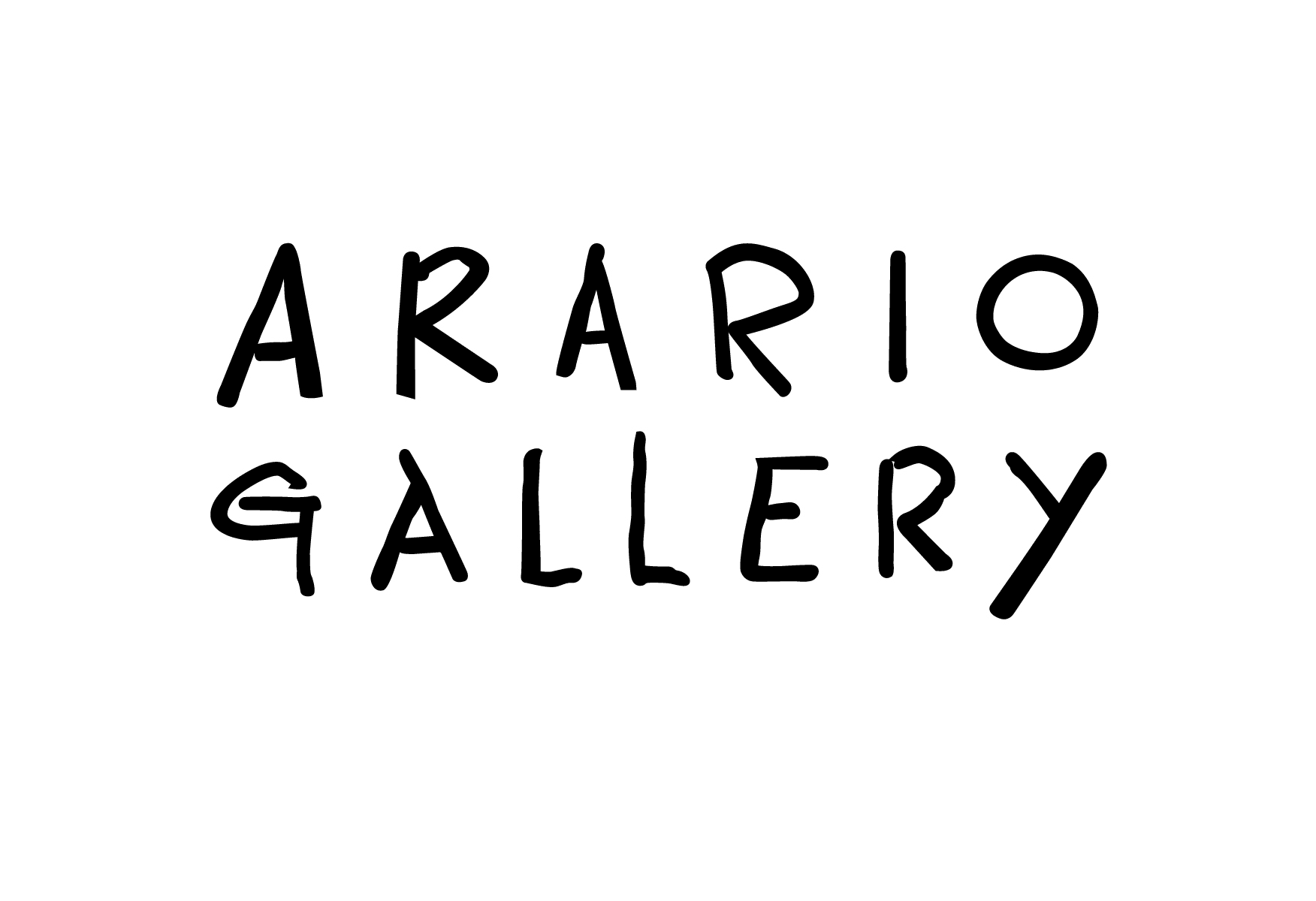EORUM SANAI
Period | 2 Feburary - 25 March, 2012
Venue | Arario Gallery Cheonan
Works | 30 pieces including paintings, videos and sculptures
Participating Artists | Bo Christian Larsson/ Christian-Pontus Andersson/ Guido van der Werve/ Helmut Stallaerts/
Mai-Thu Perret/ Maria Nordin/ Sara-Vide Ericson/ Sigurður Guðjonsson/ Ulla von Brandenburg/ Vibeke Slyngstad
Arario Gallery Cheonan introduces 30 pieces of artworks by artists from Sweden, Norway, Iceland, Belgium, Germany, the Netherlands, and Switzerland at its first exhibition in 2012, . The exhibition title, ‘EORUM SANAI’ is directly in reference to Novelist Murakami Haruki’s short story “Ice Man.” This exhibition illuminates the romantic element of contemporary art by way of the “ice man,” the main character of Murakami’s “Ice Man.”
Arario Gallery Cheonan introduces 30 pieces of artworks by artists from Sweden, Norway, Iceland, Belgium, Germany, the Netherlands, and Switzerland at its first exhibition in 2012, .
The exhibition title, ‘EORUM SANAI (Ice Man),’ is directly in reference to Novelist Murakami Haruki’s short story “Ice Man.” In this story, the protagonist is simply called “ice man” from beginning to end, without any mention of his actual name or any hint at personal backgrounds. He is a man without a history about how he lived in the past, what he will be doing in the future, or what he should be doing; the only thing the readers know is the fact that he is there at the present moment in which he exists. Murakami weaves how this entity encounters and lives on with a woman in our lived reality from the perspective of the other gender into his visual and fantastic texture of a style, a signature move he makes in his works.
This exhibition illuminates the romantic element of contemporary art by way of the “ice man,” the main character of Murakami’s “Ice Man.” The dominating atmosphere of the exhibition consists of cold order, a tendency commonly found in the participating artists who were born and are working in Sweden, Norway, Iceland Belgium, the Netherlands, Germany and Switzerland. The parts that describe the cold image of the ice man in the story or the vastness of the Antarctic plains where the main characters take their vacation, endows the narrative with a surreal and romantic feeling. The awe we feel towards Nature, as ones who have been captivated by the present, draws out the paradoxical coexistence of pleasure and pain in the face of the great unconquerable Nature, when we try to shed our limited, secular selves and reach out towards the infinite universe. The snow-covered planes seen in the videos of Guido van der Werve from the Netherlands or Sigurður Guðjonsson from Iceland, extensive landscape of endless glaciers generate a bottomless sense of the sublime, in contrast to the lone figure of the man standing in the face of this scene. The characters in these videos are introduced as seekers of divine salvation, a competitor of nature itself, or even a fantastic entity that nullifies its own existence.
To the ice man in the short story, things in the present cannot be connected to the future – they remain as presences in the present. To the ice man, the present is a like a point on a two dimensional screen – the moment one designates a moment, it becomes the past. The irony of suspended, endless feedback loop of time can be effectively expressed in the video. Sigurður Guðjonsson’s piece where the sound of a bell rung by a nurse standing without a foothold endlessly repeating itself, or Maria Nordin’s work in which a screen capture of a girl in a film is reproduced into various drawings and then threaded together in to an animation, would be prime examples.
The ice man is referred to only in his relationship with his beloved. He exists in the present, without a past or future – and he is beautiful precisely because he is an evanescent being. A love locked in the present is destined to be tragic. The relationship between the ice man, who is cut off from everything, and his beloved, races towards death the moment it is born – a fate. The woman realizes that the completion of their love in fact signifies self destruction and annihilation, as the relationship progresses. Thereby, the story comes to its denouement in the vacuum of the two protagonists’ existence. The extreme realism of Christian-Pontus Andersson’s sculpture, where the beautiful, perfect human body is used as a metaphor of an ideal state, and the geometric installations and sculptures of Swiss artist Mai-Thu Perret, who has been influenced by Bauhaus and Russian Structuralism, implies the gap between ideal and reality, and efforts to sustain the ideal.
The ten exhibiting artists, including Guido van der Werve, who has been nominated by the Netherland’s most influential contemporary fine arts award Prix de Rome, in 2010, Sigurður Guðjonsson, who is Iceland’s representative contemporary artist, and Mai-Thu Perret, who participated in 2011 Venice Biennale Arsenale special exhibition, are all young powers who are now actively engraving their presence in the global art scene, centering on Europe. We hope this exhibition would be an opportunity for the visitors to meet works that carry the European aesthetics, freely crossing and intersecting various genres such as video, painting and sculpture.
Participating Artists
Bo Christian Larsson b. 1976, Sweden
Christian-Pontus Andersson b. 1977, Sweden
Guido van der Werve b. 1977, The Netherlands
Helmut Stallaerts b. 1982, Belgium
Mai-Thu Perret b. 1976, Switzerland
Maria Nordin b. 1980, Sweden
Sara-Vide Ericson b. 1983, Sweden
Sigurður Guðjonsson b. 1976, Iceland
Ulla von Brandenburg b. 1974, Germany
Vibeke Slyngstad b. 1968, Norway













































